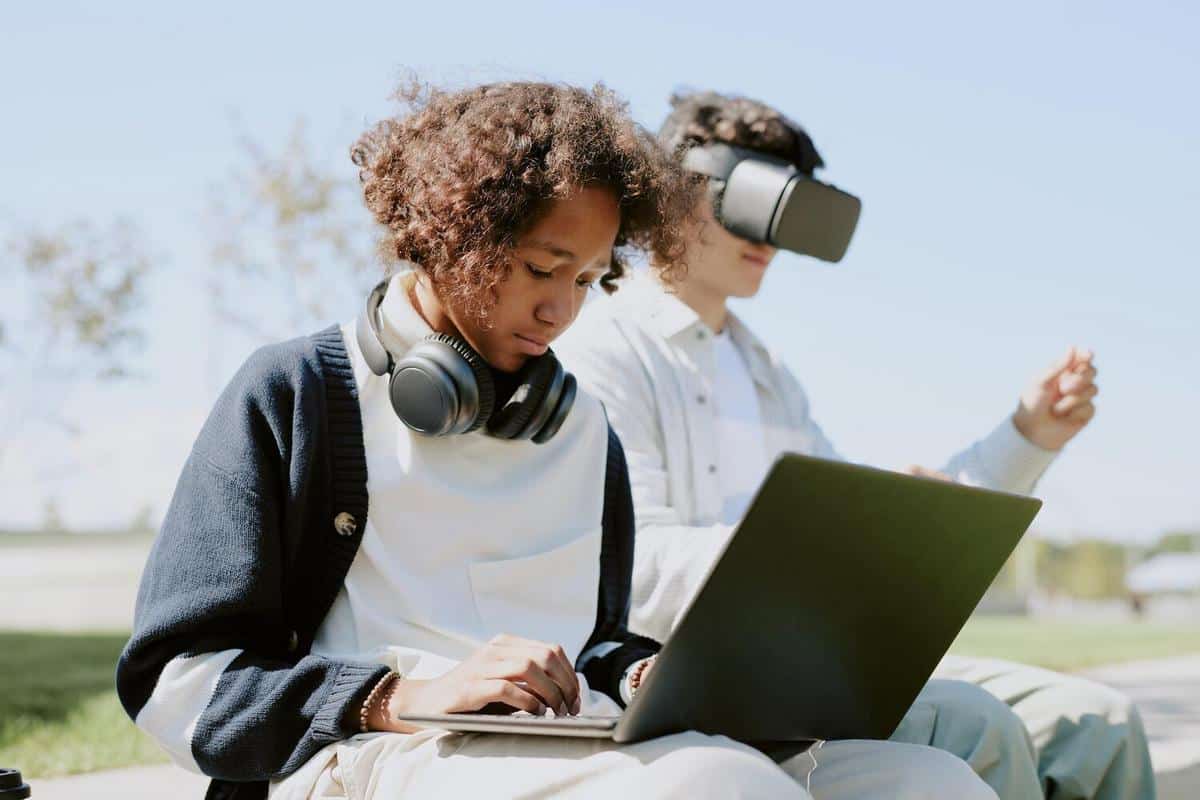
Top EdTech Trends to Watch This Year
The landscape of educational technology is continuously evolving, bringing innovative solutions that transform the way we teach and learn. As we delve into this year’s trends, it’s crucial to understand the impact these advancements have on educators and students alike.
Embracing the Digital Classroom
With the rapid integration of technology in education, digital classrooms are becoming the norm. According to a recent study by the EdTech Research Group, over 70% of schools have implemented some form of digital learning tools in their curriculum. This shift is not just about using computers; it’s about creating a more interactive and engaging learning environment.
“Technology in education is not just about accessing information but creating a dynamic learning atmosphere,” says Dr. Alan Smith, an educational technology expert.
Artificial Intelligence in Education
Artificial Intelligence (AI) is revolutionizing education by providing personalized learning experiences. AI can adapt to individual learning paces and styles, offering customized resources and feedback. A report from the International Society for Technology in Education highlights that AI-driven platforms have improved student engagement by 30%.
| Trend | Impact |
|---|---|
| AI-Powered Tutors | Personalized learning support |
| Gamification | Increased student motivation |
| Virtual Reality (VR) | Immersive learning experiences |
| Augmented Reality (AR) | Enhanced interactive lessons |
| Blockchain Technology | Secure credentialing |
| Collaborative Tools | Improved teamwork skills |
| Data Analytics | Informed decision making |
| Mobile Learning | Accessibility and flexibility |
Gamification: Learning Through Play
Gamification introduces game-like elements into learning environments, making education more fun and engaging. By incorporating points, badges, and leaderboards, educators can motivate students and enhance participation. Successful implementation of gamification strategies has shown a 20% increase in student performance, according to a study by the Learning Innovation Lab.
Virtual and Augmented Reality
Virtual Reality (VR) and Augmented Reality (AR) are breaking new ground in educational settings. These technologies offer immersive experiences that can transport students to different environments, making abstract concepts tangible. For instance, VR can take students on virtual field trips to historical sites, while AR can overlay digital information onto the real world, enriching the learning experience.
Conclusion
As we look forward, these EdTech trends are set to redefine education by making it more interactive, personalized, and accessible. By embracing these technologies, educators can enhance their teaching methods and provide students with the skills they need to thrive in a digital world.
Frequently Asked Questions
What is the most impactful EdTech trend?
AI and personalized learning are currently among the most impactful trends due to their ability to tailor education to individual needs.
How does gamification benefit students?
Gamification increases motivation and engagement by incorporating game-like elements into the learning process.
Can VR and AR be integrated into all subjects?
Yes, VR and AR can be adapted to various subjects, offering immersive experiences and interactive lessons across different disciplines.


